Why are Cockpits Called
Cockpits?

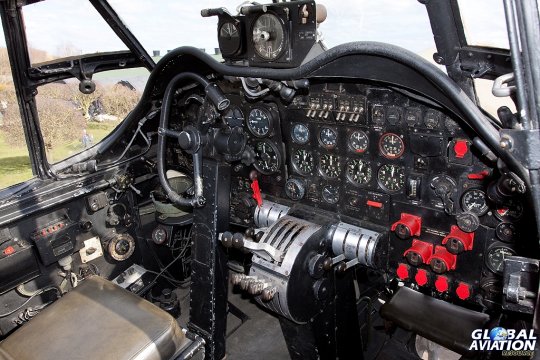
Lancaster Cockpit

The first “cockpits” were actual pits in the ground constructed
(to the extent that one “constructs” a pit) to house “cockfights” to the
death between game cocks.
The term came to be applied to the rear part of the lowest
deck, the orlop, of a fighting ship (orlop is from Dutch overloop, a covering).
During a battle it became the station for the ship’s surgeon and his mates
because it was relatively safe and least subject to disturbance by the
movements of the ship.
Like all lower-deck spaces, it was confined, crowded,
and badly lit. During a battle, it was also noisy, stinking and bloody.
All this reminded people of a real cock-pit, hence the name. About 200
years ago, on 21 October 1805, Admiral Lord Nelson died in the cockpit
of HMS Victory during the battle of Trafalgar.
The first airplane with an enclosed cabin appeared in
1912 on the Avro Type F; however, during the early 1920s there were many
passenger aircraft in which the crew remained open to the air while the
passengers sat in a cabin. Military biplanes and the first single-engined
fighters and attack aircraft also had open cockpits, some as late as the
Second World War when enclosed cockpits became the norm.
The largest impediment to having closed cabins was the
material the windows were to be made of. Prior to Perspex becoming available
in 1933, windows were either safety glass, which was heavy, or cellulose
nitrate (i.e.: guncotton), which yellowed quickly and was extremely flammable.
In the mid-1920s many aircraft manufacturers began using enclosed cockpits
for the first time. Early airplanes with closed cockpits include the 1924
Fokker F.VII, the 1926 German Junkers W 34 transport, the 1926 Ford Trimotor,
the 1927 Lockheed Vega, theSpirit of St. Louis and the passenger aircraft
manufactured by the Douglas and Boeing companies during the mid-1930s.
Open-cockpit airplanes were almost extinct by the mid-1950s, with the exception
of training planes, crop-dusters and homebuilt aircraft designs.
Cockpit windows may be equipped with a sun shield. Most
cockpits have windows that can be opened when the aircraft is on the ground.
Nearly all glass windows in large aircraft have an anti-reflective coating,
and an internal heating element to melt ice. Smaller aircraft may be equipped
with a transparent aircraft canopy.
In most cockpits the pilot’s control column or joystick
is located centrally (centre stick), although in some military fast jets
the side-stick is located on the right hand side. In some commercial airliners
(i.e.: Airbus—which features the glass cockpit concept) both pilots use
a side-stick located on the outboard side, so Captain’s side-stick on the
left and First-officer’s seat on the right.
Except for some helicopters, the right seat in the cockpit
of an aircraft is the seat used by the co-pilot. The captain or pilot in
command sits in the left seat, so that he can operate the throttles and
other pedestal instruments with his right hand. The tradition has been
maintained to this day, with the co-pilot on the right hand side.
The layout of the cockpit, especially in the military
fast jet, has undergone standardisation, both within and between aircraft
different manufacturers and even different nations. One of the most important
developments was the “Basic Six” pattern, later the “Basic T”, developed
from 1937 onwards by the Royal Air Force, designed to optimise pilot instrument
scanning.
Ergonomics and Human Factors concerns are important in
the design of modern cockpits. The layout and function of cockpit displays
controls are designed to increase pilot situation awareness without causing
information overload. In the past, many cockpits, especially in fighter
aircraft, limited the size of the pilots that could fit into them.
In the design of the cockpit in a military fast jet, the
traditional “knobs and dials” associated with the cockpit are mainly absent.
Instrument panels are now almost wholly replaced by electronic displays,
which are themselves often re-configurable to save space. While some hard-wired
dedicated switches must still be used for reasons of integrity and safety,
many traditional controls are replaced by multi-function re-configurable
controls or so-called “soft keys”. Controls are incorporated onto the stick
and throttle to enable the pilot to maintain a head-up and eyes-out position
– the so-called Hands On Throttle And Stick or HOTAS concept. These controls
may be then further augmented by new control media such as head pointing
with a Helmet Mounted Sighting System or Direct voice input (DVI). New
advances in auditory displays even allow for Direct Voice Output of aircraft
status information and for the spatial localisation of warning sounds for
improved monitoring of aircraft systems.
Ref: 
![]()


![]()
![]()


![]()
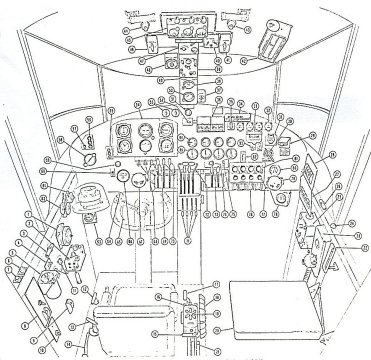

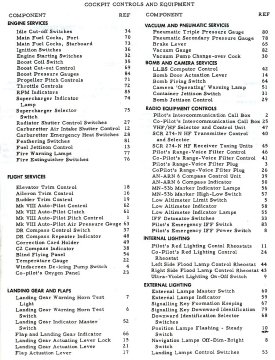

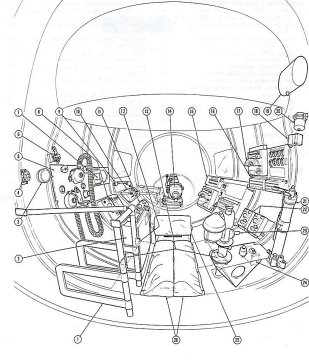
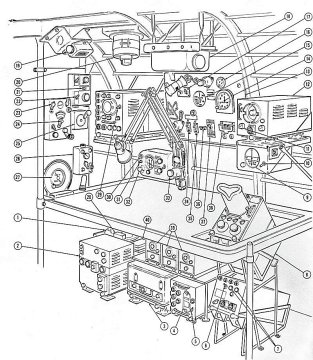
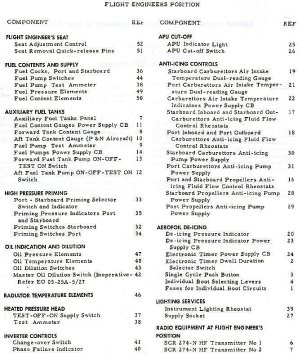
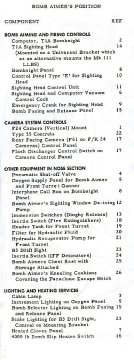
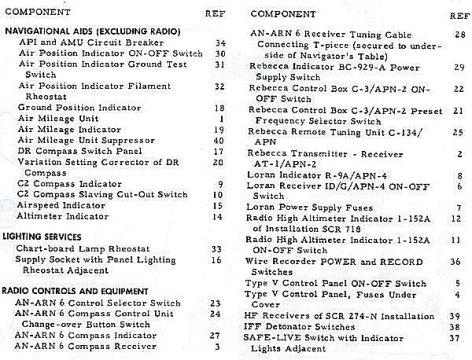
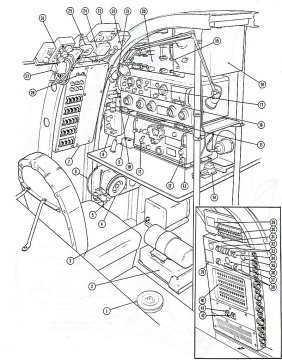

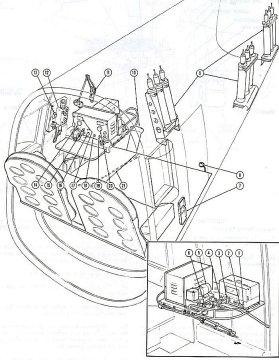

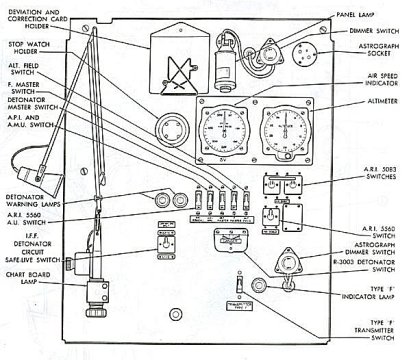

![]()
![]()

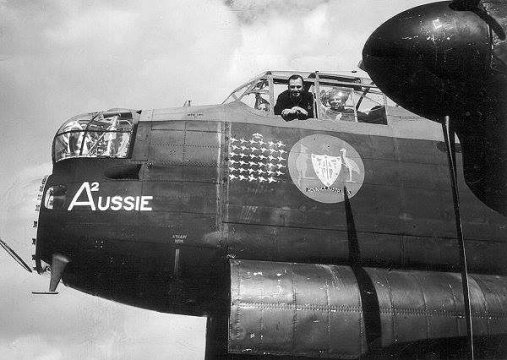
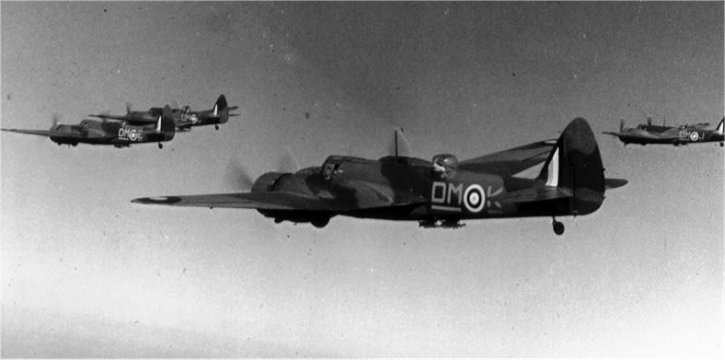
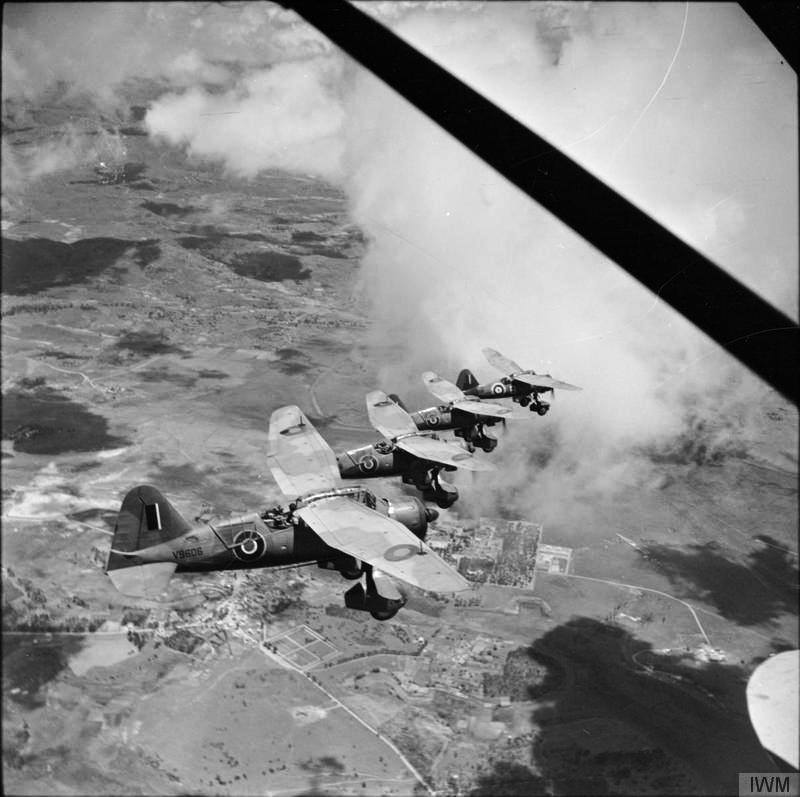
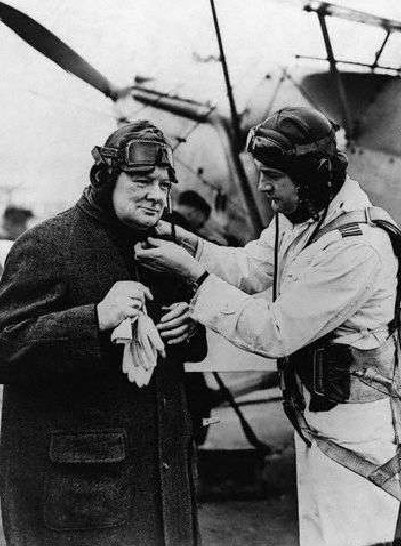
![]()
![]()
![]()
 .
.
